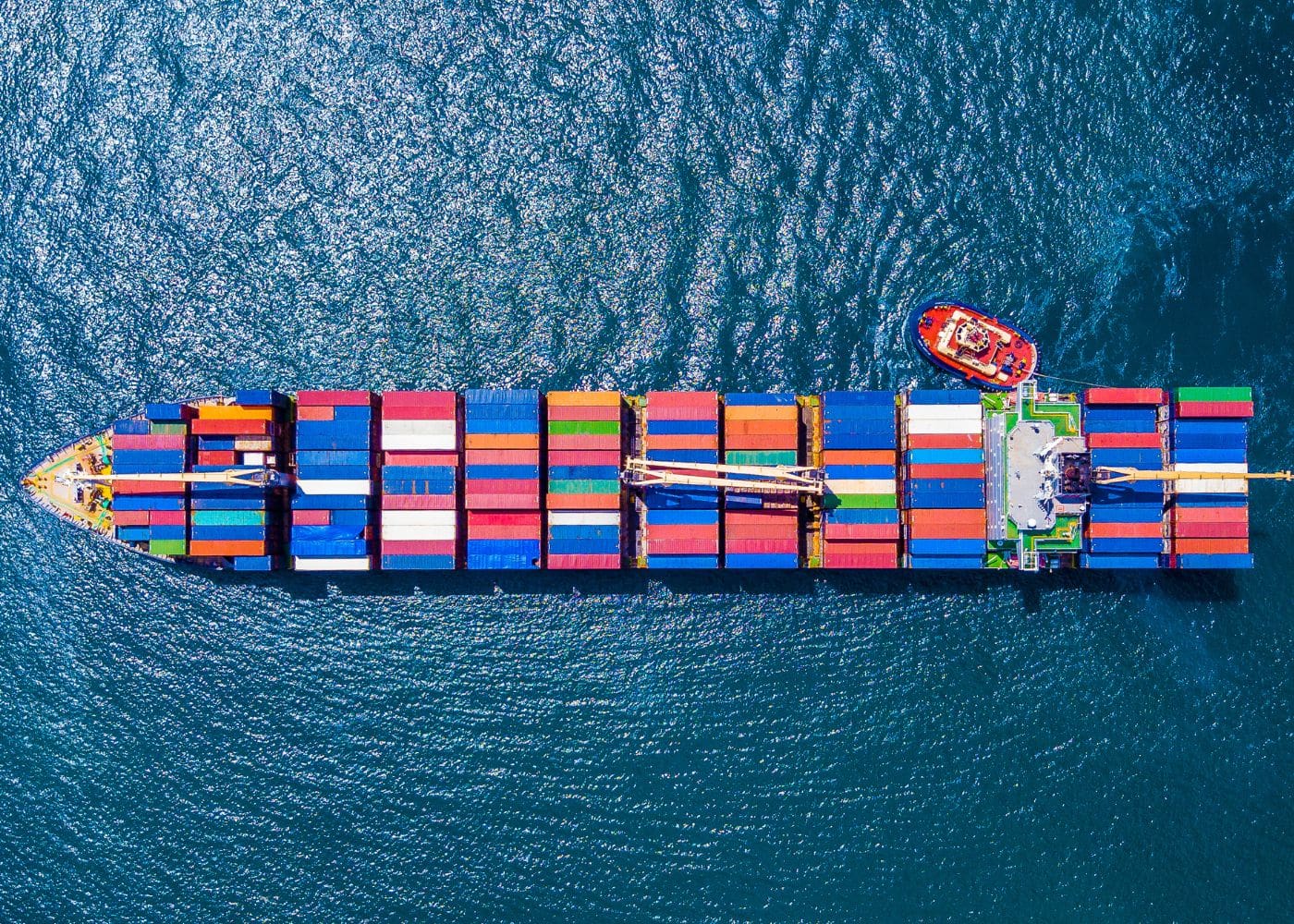Food System Deja Vu: How Tariff Turmoil Is Exposing Canadian Food Insecurity All Over Again
NewsThe pandemic exposed vulnerabilities in our food systems, and now, tariff tensions again threaten food security and safety.

It’s time to invest in what makes us feel distinct and connected—robust, local food systems, and community.
A Familiar Threat
Trade tariffs feel like déjà vu all over again. The pandemic exposed vulnerabilities in our food systems, followed by crises like BC’s 2021 floods, Saskatchewan’s 2023 drought, and BC’s 2024 cold snap, which devastated crops. Now, tariff tensions threaten food security and safety once again.
Early in the pandemic, I said, “The importance of robust, local food systems and community has never been clearer.” That statement holds even more weight today.
Wake-Up Calls We Can’t Keep Ignoring
What we used to think of as "once-in-a-lifetime" disruptions are no longer rare—they are becoming an annual reality. We risk even greater instability if we don’t move toward resilient food systems that reduce reliance on imports and withstand trade and climate shocks. Canada’s food security is more than an economic issue; it is tied to culture, identity, and survival—demanding a long-term, 30-year approach.
This is also a time to look to our Indigenous teachers and learn from their approaches to resilience and sustainability. We are up against an enormous imperialist power with expansionist views, and Indigenous communities are no strangers to that experience. They remind us to think seven generations ahead—not in four-year election cycles.
Why Canada’s Food System Is So Vulnerable
Our food system is designed for export, not domestic security:
- 90% of Canadian seafood is exported, while 80% of what we eat is imported. Did you know that 89% of BC halibut is sent to the U.S.?
- We are deeply dependent on the U.S. as a trading partner, leaving us vulnerable to geopolitical and economic shifts. That vulnerability is painfully exposed right now.
- Canada’s interprovincial trade barriers potentially keep $245 billion out of our country’s/national economy.
- A lack of processing and infrastructure weakens our self-sufficiency.
Thoughtful, Long-Term Action
The current news cycle has most of us living with a level of constant low-level dread and anxiety—a feeling eerily similar to the early days of the pandemic. But when that anxiety builds into frenzy and overwhelm, that is precisely the time to slow down, reflect, and make values-based decisions. Lasting change will come from community-driven solutions, not knee-jerk choices and policy shifts.
What We Can Do Right Now
Supporting local food systems is a tangible step:
- Spend mindfully: Every $1 spent locally recirculates 3-7 times, multiplying its impact. In contrast, non-local and online spending drains dollars away from your community.
- Use tools like O Scanada, co-ops, and CSAs: Skipper Otto, inspired by the CSA model, is a great example.
- Advocate for policy change: A better food system starts with better policies.
Looking Ahead: Investing in Each Other
Now is the time to invest in what makes us distinct and connected. The global seafood system thrives on separating producers and consumers, enabling misleading practices. However, direct relationships—when we can look into each other's eyes (even through a photo on a label)—build trust and accountability.
Our theory of change is simple: connected communities with a shared vision drive innovation. Facing trade threats, we band together, support each other, and celebrate what makes us unique. We don’t just react—we forge a better path for generations to come.
Written by: Sonia Strobel
Image credit: stock image
